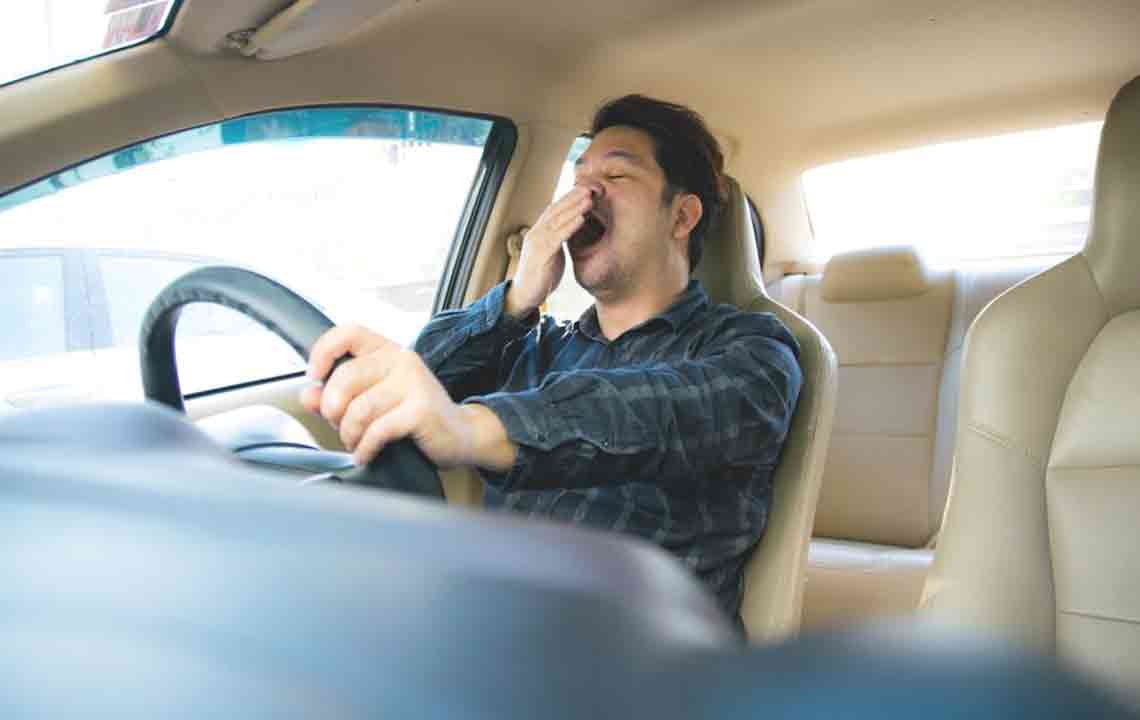Low Testosterone – A vicious Cycle Of Hormonal Imbalance
We often hear references to testosterone in popular culture as a way of living the fast life. It is used as a way to dismiss reckless living or extreme adventure. In reality, testosterone is responsible for regulating a number of key functions in men, including sex drive, bone mass, fat distribution, muscle strength, and RBC production.

Men are infertile without adequate levels of testosterone. In addition to infertility, it also affects the body mass index (BMI) leading to an increase in abdominal fat mass, diminished sexual desires and erectile dysfunction, fatigue, reduced cognitive function, which will also aid onset of mental illnesses, decreased bone mass and muscle strength as well as decreased hair growth. In addition to these, after a lot of research, lower testosterone levels have been connected to cardiovascular diseases and metabolic diseases.
A lower testosterone count is a result of one or more complex reasons that include the following:
- Injury to the testicles
- Testicular cancer or treatment for the same
- Infection
- Hormonal problems
- HIV/AIDS
- Obesity
- Diabetes
- Liver or kidney diseases
This phenomenon of low testosterone count occurs due to aging or a disease known as hypogonadism. Hypogonadism is caused when the body is unable to produce required levels of testosterone due to malfunctioning testicles and/or pituitary gland. Doctors will determine if you have hypogonadism with simple tests that include blood tests and physical examinations. If low levels are detected, further tests may be carried out to point out the exact cause of dipping testosterone levels.
How to treat low testosterone problems?
There are a couple of ways through which the testosterone count can be reversed. Some of them are as follows:
- The most popular treatment for low testosterone through testosterone replacement therapy, which is basically a hormonal therapy. It is a long-term process that requires constant following up. The testosterone therapy may reverse the effects of hypogonadism, but it may or may not be effective for a low testosterone count because of ageing. Men who take TRT usually report an immediate surge in energy, sex drive, and general wellness, since those are visible symptoms. However, long-term use of TRT has not been mapped and its safety is debatable.
- As it is with many other chronic medical conditions, the symptoms of the problems will return and exacerbate if you discontinue treatment: it demands complete devotion.
- TRT is administered in different ways depending on the patient’s requirement as follows:
TRT is administered in different ways depending on the patient’s requirement as follows:
- Injections – Injections are given to muscles by a medical practitioner or by self-injecting. About 17% men take this form of treatment every 7-22 days.
- Pellets – A relatively newer form of treatment, testosterone pellets are injected under the skin of the buttocks from where they release testosterone for about three or four months. It is an uncommon form of medication used by approximately 3% of low testosterone patients.
- Patches – A tablet-shaped patch can be applied in the mouth on the inside of the lip, back, thighs, stomach or upper arm. The patch can be changed every couple of hours. An estimated 10% men use patches as a form of testosterone replacement therapy.
- Gels – Gels that contain testosterone can be applied daily.Being the most common treatment for low testosterone, about 70% men use gels daily on different parts of the body, which do not come into frequent contact with other people.
Despite the obvious benefits, hormone therapy is usually not prescribed to people with known or suspected cancer, heart, liver or kidney malfunctions.
Lifestyle changes – A combination of lifestyle changes is said to help testosterone and sperm count like maintaining a healthy weight range, eating seeds and nuts every day, exercising regularly, sleeping well and taking vitamin supplements.
To undergo a treatment for low testosterone, you have a lot of natural and herbal options as well, although it is recommended that a doctor’s opinion may be asked for before embarking on this line of medication. Some of the suggested herbs include the Malaysian Ginseng, Puncturevine, Ashwagandha, Yohimbe, Dehydroepiandrosterone (DHEA), pine bark extracts, Arginine, Zinc and vitamin supplements or vitamin-rich fruits and vegetables, garlic, Indian spinach, Chrysin and Saw Palmetto among many others.
Most of these are traditional folk medicine and are available both in natural form and tablets, balms and supplements. Some of them do not have enough research devoted to them and some are not mapped as adequately as they should have been. Most of them are available over-the-counter and may or may not have side effects on the user. Alternative treatments hold promise, but can be risky depending on person to person.











